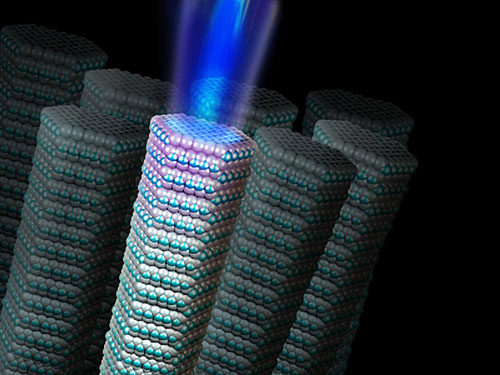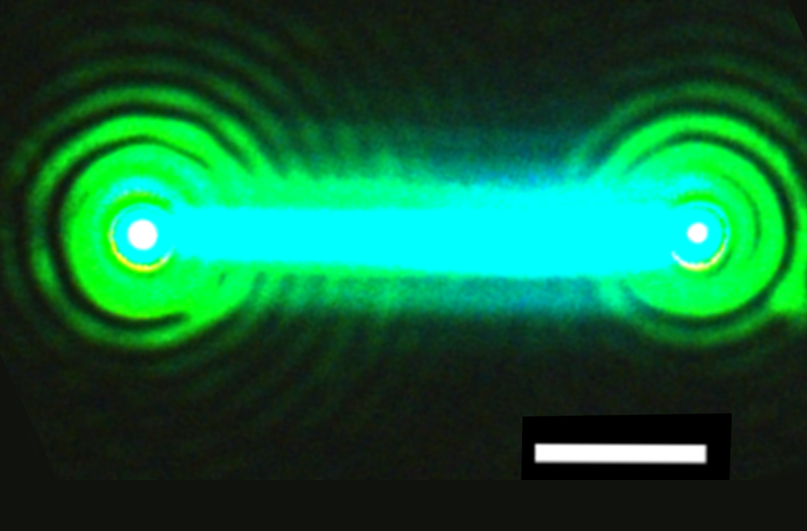_ _ Department of electronics and industrial nano lasers
industrial / Chemical nano-lasers
Researcher and author: Dr. ( Afshin Rashid)
Note: Chemical nanolaser is usually referred to as a laser whose mass inversion is obtained directly from a chemical reaction. In chemical nanolaser, there is usually a chemical reaction between gaseous elements. In this case, a large amount of reaction energy remains in the form of vibrational energy of molecules.
In this type of nano lasers, the energy changes resulting from a chemical reaction cause the excitation of some products and as a result the inversion of the population, which is followed by the laser action. Decomposition of nitrosyl halide by light can be mentioned as an example. It is triggered in the decomposition of nitrosyl halide . And it can be chlorine or bromine. Due to the presence of intense fluorescence radiations from some lanthanide compounds, the use of these systems has not been of much interest. These compounds made it possible to create a nano laser beam. One of the proposed mechanisms for this process is that first the ligand is excited and then a transition without intramolecular radiation to the excited level of the metal takes place, and then the metal ion returns to the ground level by emitting fluorescence radiation.This radiation is the source of the nano laser light beam. Diketones are among the ligands that react by producing chemical compounds. In such systems, controlled nanolasers can be obtained using various chemical-metal ions. But low temperature is needed to provide good efficiency of these systems.
Chemical nanolasers have very good beam quality due to the transfer of excess heat from the laser cavity through the ultrasonic current. proposed the chemical nanolaser by recognizing that many chemical reactions deposit excess energy in the stretching vibrations of the newly formed bond . If the chemical reaction in the nanolaser leads to the production of structures with higher internal energy than states with lower internal energy.
Conclusion :
A chemical nanolaser is usually referred to as a laser whose mass inversion is obtained directly from a chemical reaction. In chemical nanolaser, there is usually a chemical reaction between gaseous elements. In this case, a large amount of reaction energy remains in the form of vibrational energy of molecules.
Researcher and author: Dr. ( Afshin Rashid)
Specialized doctorate in nano-microelectronics




